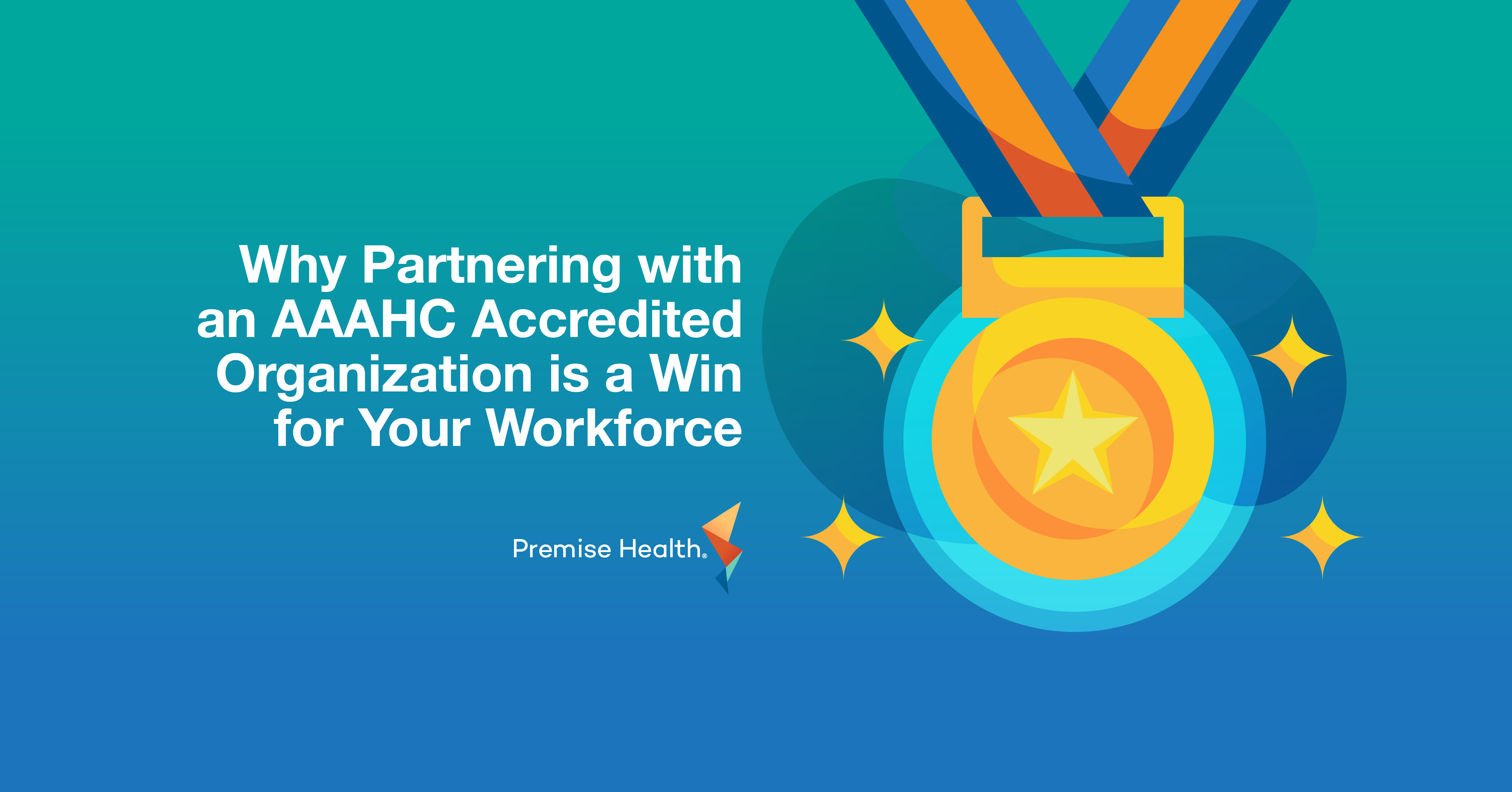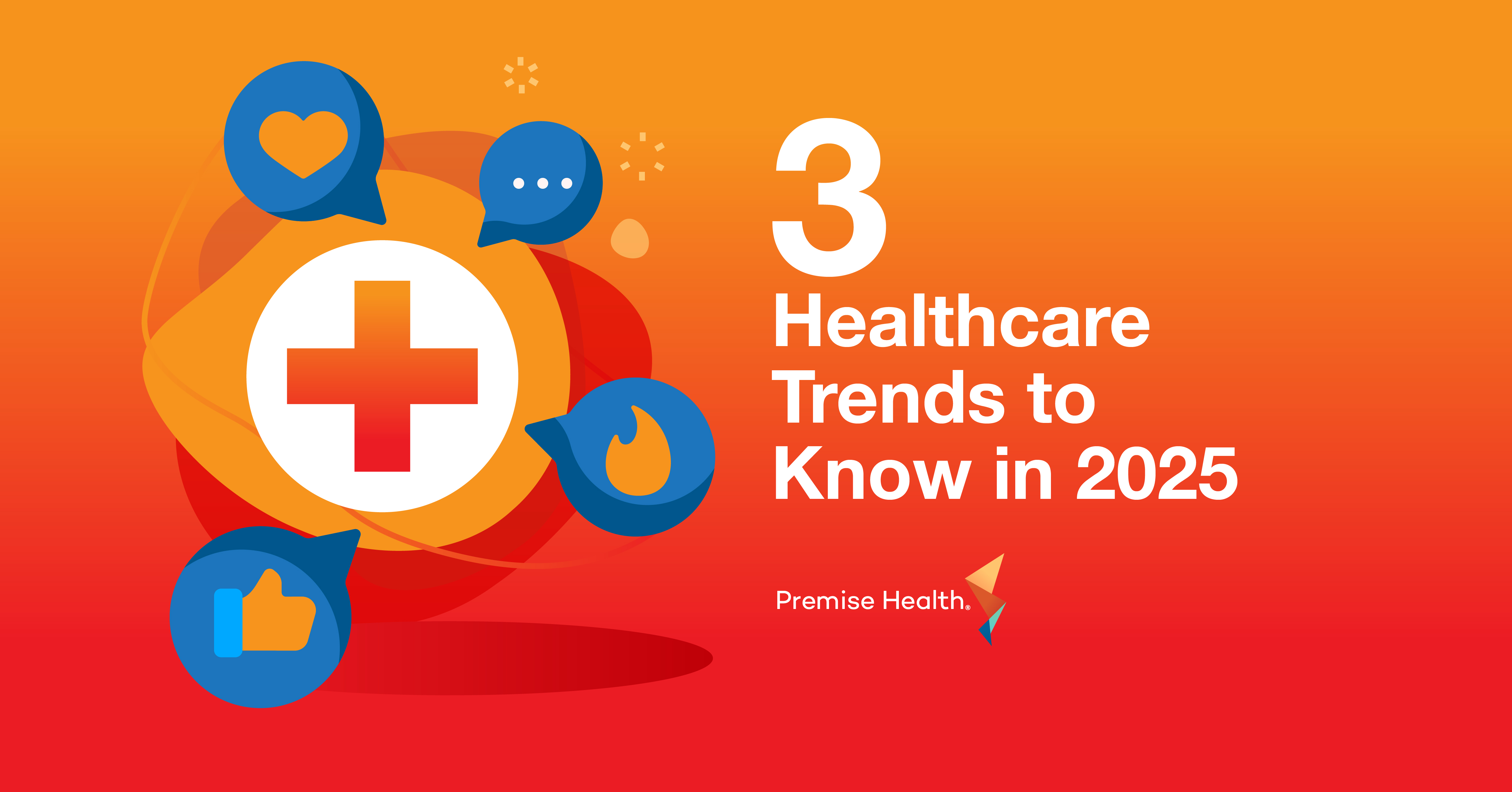3 Strategies For a Safe Return to the Office
Premise Health President, Jami Doucette’s, advice and recommended considerations on protocols and best practices for returning to the physical office space
It is on the minds of millions of Americans each day, ‘what will it be like to safely return to the physical workplace?’ A recent study found that by July 2021, 75% of executives anticipate at least half of their office workforce to be back on site. As companies begin to think about what return to the office will look like, they need to strategically plan to ensure the health and safety of their workforce while simultaneously resuming normal operations. This will involve a tailored approach that is specific to each industry and workforce—not a one-size-fits all.
Jami Doucette, President of Premise Health, recently authored an article in BenefitsPro covering the three best strategies for a safe return to the office. Read on to learn more on Jami’s three main takeaways for a safe transition ‘back to the office’.
Employee health comes first
As employees are brought back into the office, safety is the number one priority and it is important to show employees that their health and wellbeing is being focused on. There are three key elements to focus on to keep health as number one priority.
First—good hygiene and use of masks. Masks are proven to be one of the most feasible and effective ways to reduce disease transmission. To ensure good hygiene, resources such as hand sanitizer and no-touch trash cans can be a good addition to the office.
Second—implementing workplace controls to reduce spread of COVID-19. Before bringing employees back, consider switching to high-efficiency air filters, increasing ventilation rates in the work environment, and installing clear plastic sneeze guards. You may also consider installing drive-through windows for customer service and using negative pressure ventilation to ensure your employees are staying safe.
Third—offer workplace flexibility. Such as work-from-home options and encourage employees to stay home and reach out to their primary care provider for a virtual consultation when they do not feel well.
Communication is key
Through this process, employees are looking to leadership to keep informed about what is happening in the workplace and how to stay safe during the pandemic. To provide timely, relevant, and accurate information around COVID-19, expand your communications programs to make sure your employees are up to date on the various new and/or enhanced health and safety protocols.
Along with clear communication, provide employees with updated healthcare options—such as digital care. Expanded accessibility such as increased access for health screenings and preventative care will help your employees maintain their wellbeing.
As your employees look to you for latest news and information about COVID-19 and vaccines—ensure you are leveraging your local and state health department resources. Pointing employees in the direction of useful sources provides clarity and comfort from leadership.
Create and implement onsite protocols
As employees begin to flow back into the office, implement a daily screening and testing process to ensure employees are healthy as they come back in. Along with this, you’ll need to provide guidance and communications covering what happens if an employee is denied entry. When developing your plan to bring employees back into the office, consider implementing a modified work schedule that phases employees back to maximize safety.
Once employees are back onsite, employers will need to maintain safety by enforcing social distancing and safety protocols, providing revised travel policies and considering how to limit traffic flow in entry points.
Each business is unique and will need to adapt and tailor the above considerations for protocols and safety guidelines that best suit their specific needs. Above all else, each business should center their strategy when bringing employees back to work around one common goal—keeping employee health and safety as the number one priority.
Next on industry insights.

How to Futureproof Your Healthcare Benefits
Read the Blog
Why Partnering with an AAAHC Accredited Organization is a Win for Your Workforce
Read the Blog